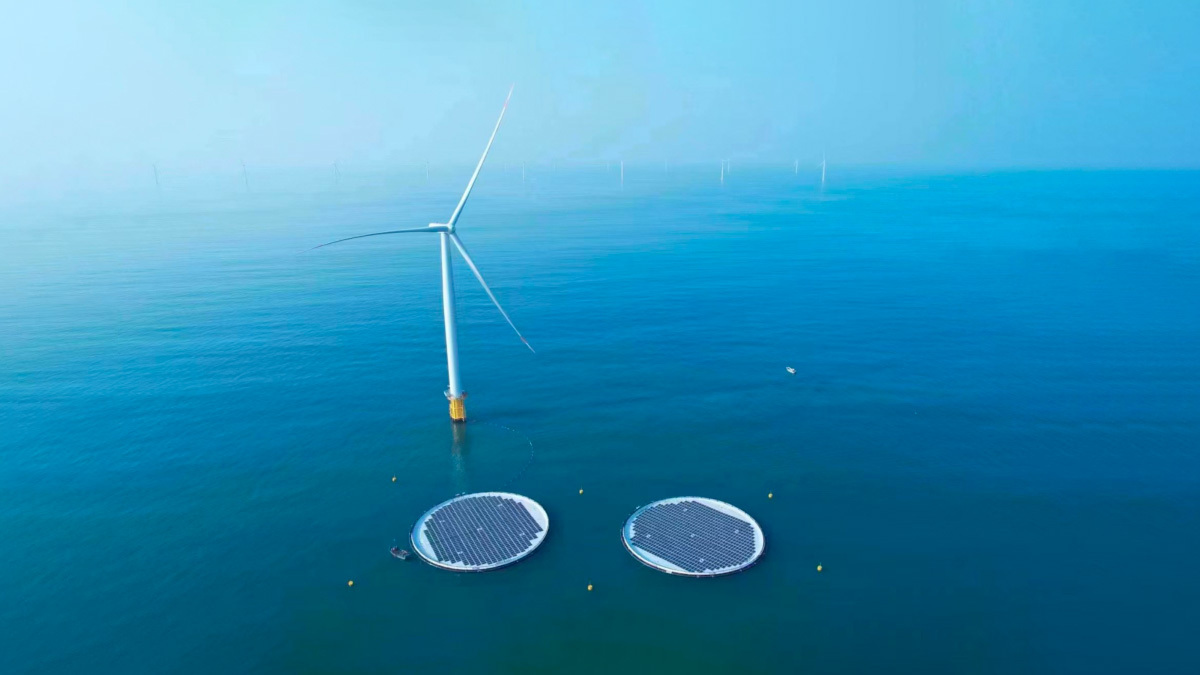Less than 1% of used clothing gets recycled into new garments, overwhelming countries like Ghana with discards. From a report: It’s a disaster decades in the making, as clothing has become cheaper, plentiful and ever more disposable. Each year the fashion industry produces more than 100 billion apparel items, roughly 14 for every person on Earth and more than double the amount in 2000. Every day, tens of millions of garments are tossed out to make way for new, many into so-called recycling bins. Few are aware that old clothes are rarely recycled into new ones because the technology and infrastructure don’t exist to do that at scale.
Instead, discarded garments enter a global secondhand supply chain that works to prolong their life, if only a little, by repurposing them as cleaning rags, stuffing for mattresses or insulation. But the rise of fast fashion — and shoppers’ preference for quantity over quality — has led to a glut of low-value clothing that threatens to tank the economics of that trade and inordinately burdens developing countries. Meanwhile, the myth of circularity spreads, shielding companies and consumers from the inconvenient reality that the only way out of the global textile waste crisis is to buy less, buy better and wear longer. In other words, to end fast fashion.
[…] Globally, less than 1% of used clothing is actually remade into new garments, according to the Ellen MacArthur Foundation, a UK nonprofit. (In contrast, 9% of plastic and about half of paper gets recycled.) The retailers have vowed that what they collect will never go to landfill or waste. But the reality is far messier. Garments dropped at in-store take-back programs enter the multibillion-dollar global secondhand supply chain, joining a torrent of discards from charity bins, thrift stores and online resale platforms like ThredUp and Sellpy. The complex task of sorting through that waste stream falls to a largely invisible global industry of brokers and processors. Their business depends on exporting much of the clothing to developing countries for rewear. It’s the most profitable option and, in theory, the most environmentally responsible, because reusing items consumes less resources than recycling them.
Source: Fast Fashion Waste Is Choking Developing Countries With Mountains of Trash – Slashdot

